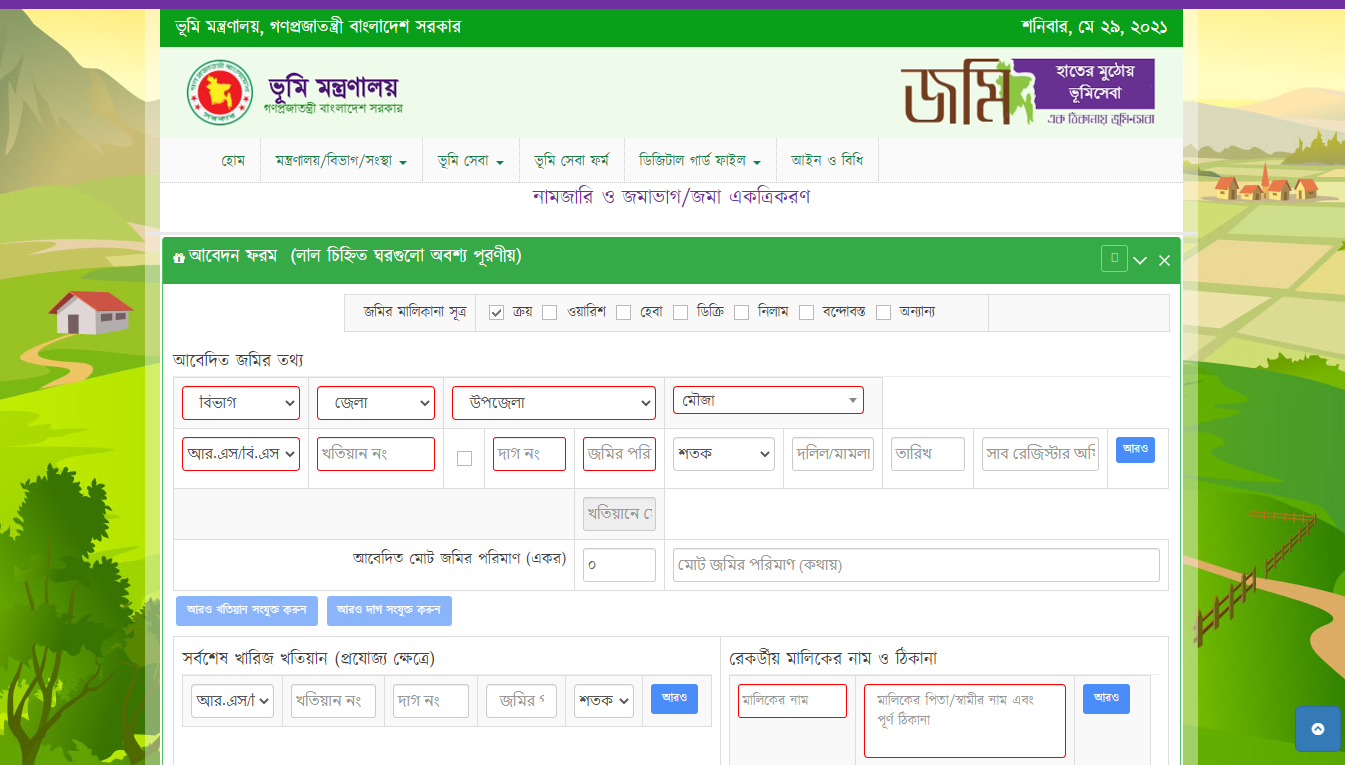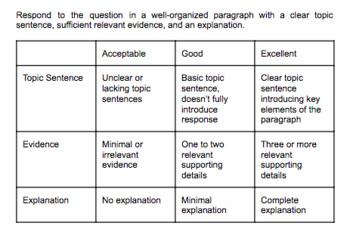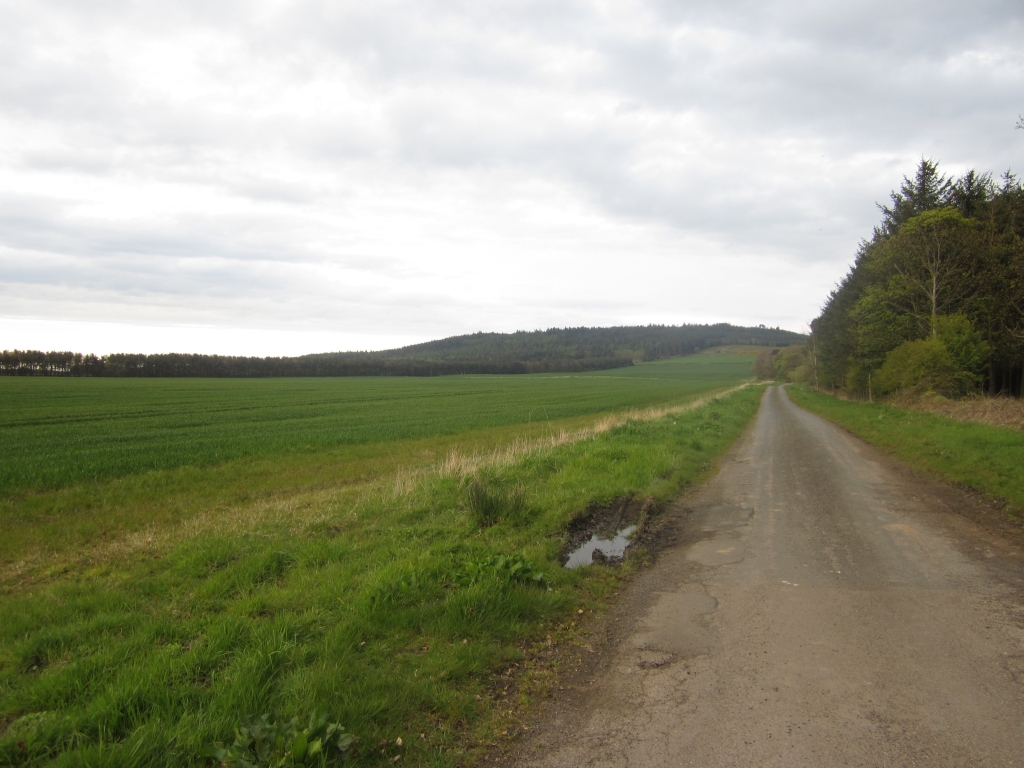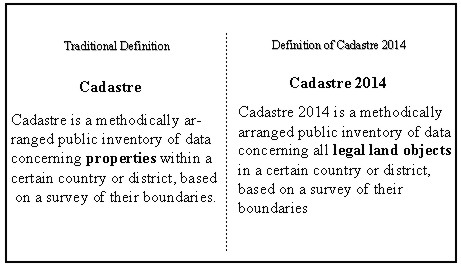Section outline
-
Instructions/Guideline for the course:
- All the students registered for this course have to enroll in Moodle
- Students can find all the course materials from Moodle.
- All the students have to submit the soft copy of their "Assignment" in Moodle under the assignment section created here and for this, they will be graded here.
- One discussion or feedback forum is created under each of the lectures Students have to give their feedback on these forums and marks will be given for their feedback
- Any announcement regarding the class will be posted on Moodle. So they have to keep themselves always active on Moodle.
- All the quizzes and presentations will be held on face to face class and maybe a few of the classes will be held on online (Moodle) and it will be announced before the class
- The question pattern and the syllabus for the quizzes, midterm, and final exam is given hereunder each of the section (quizzes, midterm, and final)
- There are midterm and final exam preparation forums under these sections where students can discuss with each other about their midterm and final exam syllabus, any problem regarding the exam, etc.
Aims and Objectives:-
- This course explores the key principles of Land Law and offers students effective learning features.
- By covering the essentials of each topic, it ensures students have the foundations for successful further study. The law is made relevant to current practice through chapters that define and explain key legal principles.
- Examples and exercises will be given in context to make the subject interesting and dynamic by showing how these rules apply in real life.
- Crucial points of each topic and practical exercises offer students the opportunity to apply the law.
-
Course Outline
- Introduction to Land Law
- Development of Land Law and Land
- Land Administration in Bangladesh
- Ownership of Land
- Acquisition by the State of Rent-Receiving and other Interests
- Rights and Liabilities of the Raiyats
- Preparation and Revision of the Record of Rights
- Transfer of Land
- Amalgamation, Consolidation, and Sub-Division of Holding
- Registration
- Mutation
- Pre-Emption
- Sub Letting and Barga
- Diluvion and Alluvion of Land
- Easement and Prescription
- Acquisition and Requisition of Land
- Law of Abandoned Property
- Law of Enemy Property
- Land Taxes
- Certificate
- settlement of Khas Land
- Law of No-Agricultural Land
- Law of Premises Rent Control and Small Causes Court
- Land Use Policy, Land Reforms and the Future of Land Law
-
- The State Acquisition and Tenancy Act, 1950 (East Bengal Act)
- The Non-Agricultural Tenancy Act, 1949 (East Bengal Act)
- The Land Reforms Ordinance, 1984 ( Ordinance NO. X OF 1984 )
- Bangladesh: Act No. 25 of 2017, The Acquisition and Requisition of Immovable Property Act
-
-
-

Lecture Objectives
- To know the basic concept of Land Law in Bangladesh
Lecture Outcomes
- At the end of the session, the students will be able to
- Learn about the basic understanding and importance of Land Law in Bangladesh
- Learn about the changes and why changes happen
Lecture Contents
- Introduction
- Issues Discussed of Studying Land Law
- Definition of Land Law
- Classification of Land
-
Lecture Objectives
To teach the students the basic concept of Development of Land Laws and Land Administration in Bangladesh
Lecture Outcomes
At the end of the session, the students will be able to basic concept development of Land Laws and Land Administration in Bangladesh
Lecture Contents
- Hindu Period
- Muslim Period
- British Period
- Bangladesh Period
-
Lecture Objectives
- To understand the basic concept of land ownership in Bangladesh
Lecture Outcomes
- At the end of the session, the students will be able to
- Learn about the background and the present system of land ownership
Lecture Contents
- Ownership of land in the Ancient period
- Ownership of land in Modern Period
- Constitutional provisions regarding land ownership in Bangladesh
-

Lecture Objectives
- To teach the students the basic concept of Khatiyan (Record-of-Rights)
- To teach the students about the practical use of Khatiyan
Lecture Outcomes
- At the end of the session, the students will be able to
- Learn about the definition of Khatiyan
- Learn about legal provisions of khatiyan
- Learn about different types of Khatiyan
Lecture Contents
- Definition of Khatiyan
- Identification of Khatiyan
- CS Khatiyan
- RS Khatiyan
- BS Khatiyan
- City Survey
-

-
Instructions
1. Download the file.
2. Upload the file before 7.30 pm.
4. Do not copy from others and the web.
5. Write in your own language.
-
-

Lecture Objectives
- To know the basic concept of pre-emption
- To know the difference between pre-emption in the legislation and the Islamic Law
Lecture Outcomes
- Learn about the definition of pre-emption
- Learn about legal provisions of pre-emption
- Learn about differences between pre-emptions in different laws
Lecture Contents
- Definition of Pre-emption
- Procedure
- Difference between. 96 of the SAT, 1950 and Islamic Pre-emption Law
- Difference between. 96 of the SAT, 1950 and s. 24 of the NAT Act, 1949
- Difference between the existing s. 96 of the SAT [amended in 2006], 1950 and previous s. 96 of the SAT Act, 1950
-
Lecture Objectives
- To know the provision of Mutation
Lecture Outcomes
- The Students will be able to apply the knowledge in a practical scenario.
Lecture Contents
- Significance of mutation
- Grounds of mutation
- Procedure of mutation
-

Lecture Objective:
To know the basic concept of Amalgamation, Consolidation, and Subdivision of land in Bangladesh.
Lecture Outcome:
Students will be able to apply the learning in a practical scenario.
Lecture Contents:
- Amalgamation,
- Consolidation
- Sub-division
-
GENERAL GUIDELINES OF MIDTERM EXAM
- Questions must be analytical/critical/problematic.
- You must answer precisely.
- Try to avoid linguistic errors.
-

Learning Objective:
To know the relevant provisions of Acquisition and Requisition in Bangladesh.
Learning Outcome:
Students will be able to apply the learning in a practical scenario.
Contents:
- Background
- Interpretation of Public Purpose
- procedures of Acquisition and Requisition in Bangladesh.
-
Learning Objective:
To know the legal concept and application of abandoned & enemy/vested property in Bangladesh.
Learning Outcome:
Students will be able to apply the learning in a practical scenario.
Contents:
- Meaning, Background of Abandoned Property
- Laws relating to an abandoned property in Bangladesh
- Meaning, Background of Vested Property
- Laws relating to an abandoned property in Bangladesh
-
Lecture Objectives
- To teach about the concept of Khas Land
- To teach about the difference between Khas Land and Property of the republic
- To teach about the distribution of Khas Land
Lecture Outcomes
- At the end of the session the students will be able to
- Learn about the basic concept of Khas Land
- Learn about the difference between Khas Land and Property of the republic
- Learn about the distribution of Khas Land
Lecture Contents
- Definition of Khas Land
- Definition of Property of the Republic
- Difference between the two
- Distribution of Khas Land among the Poor Landless People [s. 7 of the LRO, 1984]
-
We will achieve the following objectives.
-
According to S. 2(15) of the State Acquisition and Tenancy Act, 1950 (E. B. Act XXII of 1951), Khas land means government owned fallow land, where nobody has property rights. It is land which is deemed to be owned by government and available for allocation according to government priorities. “Khas Land” or “Land in khas possession”, in relation to any person, includes any land let out together with any building standing thereon and necessary adjuncts thereto, otherwise than in perpetuity.
-
First, we will learn what Khas land is. Then, we will learn different legal provisions relating to Khas land. After that we will learn how Khas land can be distributed among poor people.
-
Article 143 of the Bangladesh Constitution
-
Section 76 of the State Acquisition and Tenancy Act, 1950
-
Section 87 of the State Acquisition and Tenancy Act, 1950
-
Section 7 of the Land Reform Ordinance, 1984 states:
Sub-section (1): Where in the rural areas any khas land fit for being used as homestead is available, the Government shall, in setting such land, give preference to landless farmers and labourers: Provided that not more than five kathas of such land shall be allotted for such purpose to any individual.
Sub-section (2): Any land settled under sub-section (1) shall be heritable but not transferable.
-
Local NGOs in association with civil society members and local administration have created a "khas land identification and distribution model" which ensures access to land for the extreme poor and landless. The time has now come to replicate the model in other parts of the country to hasten the graduation of almost 3 crore 50 lakh people out of extreme poverty.
Read the details in the following link: https://www.thedailystar.net/news-detail-203802 -
Two Cases
1. Sudhir Chandra Das vs. Hatem Bepari, 20 DLR 627
2. SMS Samity vs. Bangladesh, 39 DLR
-
Lecture Objectives
- To teach the students from ss. 8-19 of the Land Reform Ordianance, 1984 which deal with the rights and responsibilities of Bargadar
- To teach the students why these provisions were incoporated
- To teach the students whether any amendment is necessary or not
Lecture Outcomes
At the end of the session the students will be able- Learn about the rights of bargadar
- Learn about the responsibilities of bargadar
- Learn about how to solve the disputes abour barga
- Learn about reason behind the incorporation of the Ordinance
Lecture Contents
- Cultivation under barga contract [s. 8]
- Recognition of existing bargadars [s. 9]
- Cultivation of barga land after bargadar’s death [s. 10]
- Termination of barga contract [s. 11]
- Division of produce of barga land [s. 12]
- Bargadar’s right to purchase [s. 13]
- Ceiling of barga land [s. 14]
- Restriction of cultivation [s. 15]
-
The Land Reform Ordinance, 1984 [ss. 8 to 19]
-
Lecture Objectives
- To teach the customary land ownership
- To teach the customary land ownership in the CHT
Lecture Outcomes
- At the end of the session the students will be able to
- Learn about the aboriginal land rights
- Learn about the deterioration of such rights
Lecture Contents
- Customary Land Ownership
- Aboriginal Land Ownership in Bangladesh
- Deterioration of Aboriginal Land Rights
-
The land is the mother of indigenous peoples who think themselves as the son of land and forest as they were entirely dependent upon land and without it, they have no existence to survive at all. The major international laws governing the land rights of indigenous peoples inter alia include the UDHR (1948), ICCPR (1966), and UN Declaration on the Rights of Indigenous Peoples (2007). The Declaration in its Article 10 provides that, "Indigenous person shall not be forcibly removed from their lands or territories". Furthermore, Article 26(1) of the Declaration stipulates that "Indigenous peoples have the right to the lands, territories and resources which they have traditionally owned, occupied or otherwise used or acquired". While in Bangladesh, the laws governing land rights of indigenous peoples in the plains is contained in the SAT Act (1950) and in the CHT is contained in the CHT Regulation (1900) and many other legislations passed in the period following the CHT Accord (1997).
-
See pages 6-7 especially.
-
See s. 97 of the State Acquisition and Tenancy Act, 11950.
-
See pages 3-6.
-

-
-
Lecture Objectives
- To teach the students basic concept of land reform
- To teach the students different attempts of land reform
Lecture Outcomes
- At the end of the session the students will be able to
- Learn about the definition of land reform
- Learn about utility of land reform
- Learn about land reform and capitalism
Lecture Contents
- Definition of Land Reform
- Land Reform in 1885
- Land Reform before 1950
- Land Reform in the SAT Act, 1950
- The Land Reform Ordinance, 1980
-
This thesis examines the major colonial and post-colonial land laws of Bangladesh and their relationship with poverty. It interprets them in the light of historical developments and social realties. The thesis argues that land laws in Bangladesh are essentially anti-poor. They contribute to the perpetuation of poverty.
-
General Instructions
1. The questions have been set in accordance with the Final Exam Syllabus.
2. The questions are critical, analytical, and problem-solving.
3. Answers must be precise and concise.
4. Don't copy from anywhere. Marks will be deducted proportionately.


 Virtual Class Land Law Spring 2022
Virtual Class Land Law Spring 2022







